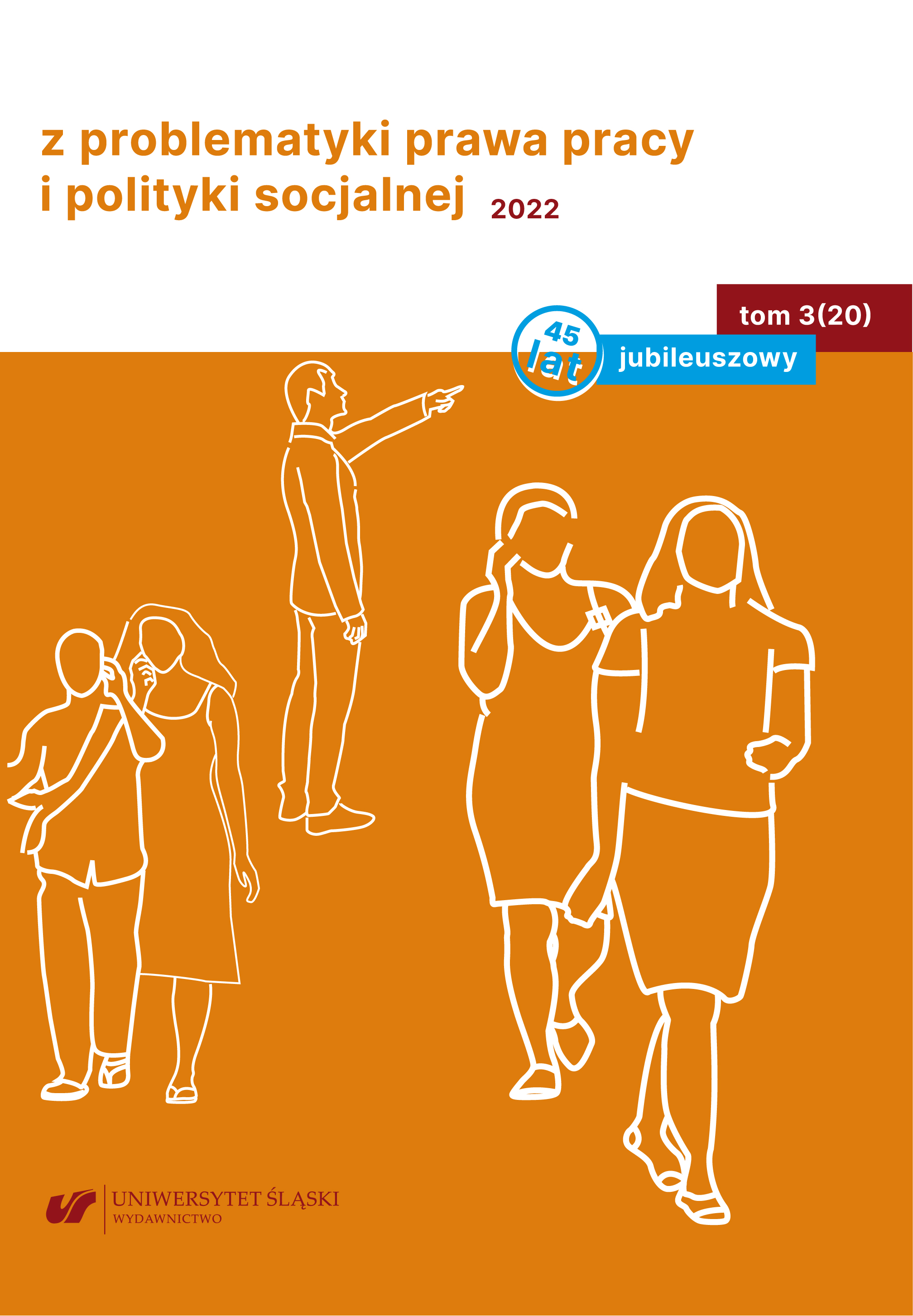

 https://doi.org/10.31261/zpppips.2022.20.10
https://doi.org/10.31261/zpppips.2022.20.10
In March 2021, the EU Commission presented a proposal for a directive on pay transparency. Its aim is to strengthen the principle of equal pay for women and men, since, despite its recognition as a fundamental principle of the European Union, in all the Member States the pay gap between employees of both sexes remains at around 14%.
The draft directive of 2021 provides for the strengthening of pay transparency by, among other measures, introducing transparent remuneration systems, defining criteria for comparing jobs of comparable value, indicating the amount of remuneration in job advertisements, and introducing reporting obligations for businesses with more than 250 employees. The draft also introduces facilitations related to the pursuit of claims for pay discrimination. However, pay transparency should not be confused with pay disclosure.
Currently, in Poland there are no regulations on pay transparency. Employers are not obliged to examine salaries for potential discrimination and to address unjustified gender pay gaps. No such practice has developed in the approach of social partners, either. For this reason, regardless of the progress made on the draft directive, it is necessary to ensure a gradual increase in pay transparency, for it protects employees against the imposition of discriminatory employment conditions by the employer.
Download files
Citation rules

Vol. 20 No. 3 (2022)
Published: 2022-06-30
 10.31261/zpppips
10.31261/zpppips